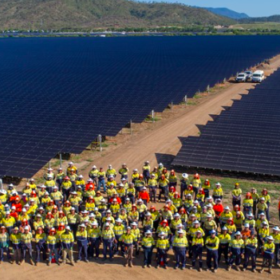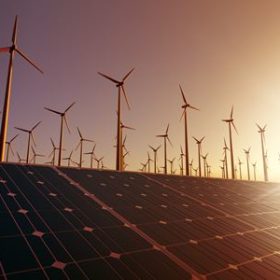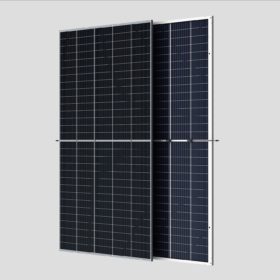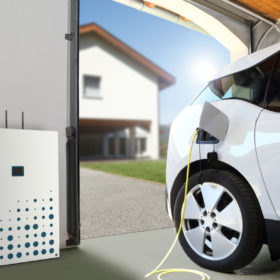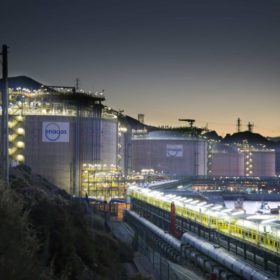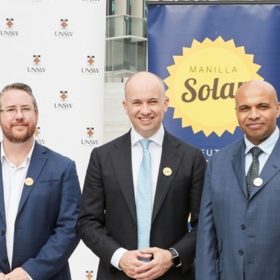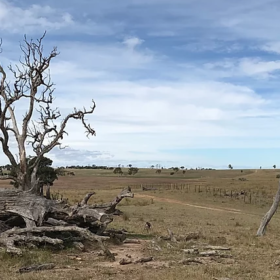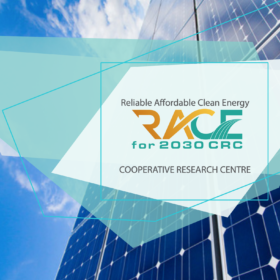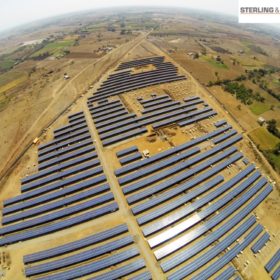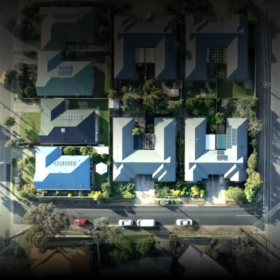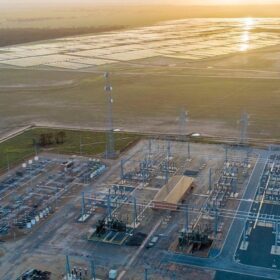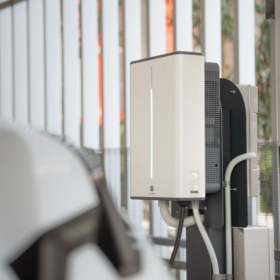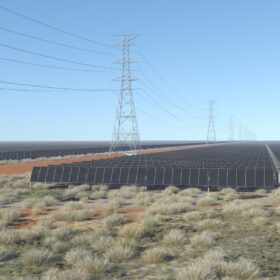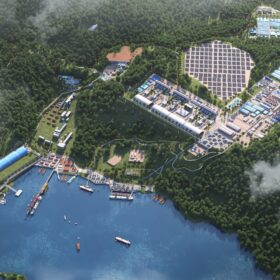Monash researchers make lithium extraction breakthrough
Monash University-led researchers have made a discovery that will dramatically reduce lithium-from-brine extraction times and accelerate our energy future. The breakthrough, innovative and ingenious, is as simple and as complex as a sieve.
Two solar and one wind farm in north Queensland could be curtailed to zero
Three renewable energy generators in northern Queensland are facing major constraints due to system strength issues.
AEMC heeds renewable energy industry criticism on new transmission access rules
In welcome news for solar and wind developers in Australia, the network rule maker has decided to not to rush through changes to transmission access rules under the much-criticized Coordination of Generation and Transmission Investment (CoGATI) plan.
Trina Solar doubles down on PV 5.0
Trina Solar’s two new bifacial solar modules are touted as a “game changer,” not only for utility-scale projects, but for commercial and industrial developments as well. PV innovation continues to reduce costs and improve performance, but Australia’s outdated infrastructure is doing its best to slow the transition down.
ACT virtual power plant trial to help optimize DER network integration
An ARENA-backed trial run by ACT network operator Evoenergy in partnership with French power electronics specialist Schneider Electric and Melbourne-based energy tech company GreenSync will research and test the effect that the integration of distributed energy resources is having on Canberra’s increasingly decentralized energy grid.
Is green hydrogen necessary to balance a renewables grid?
A report by Norwegian energy consultant DNV GL has considered the opportunity for long-term energy storage to play a role in balancing annual supply and demand fluctuations in a renewables-led grid. Using 58 years of Dutch weather and energy consumption data, the study found long-term solutions such as green hydrogen could make a valuable contribution – but perhaps not as much as some analysts believe.
UNSW hydrogen storage technology to debut at community solar farm
In its world-first application, hydrogen energy storage technology developed at UNSW Sydney will be installed in the regional town Manilla, which is set for one of Australia’s major community-owned solar farms. The storage deployment will be backed by an NSW government grant as part of a funding round that has awarded seven solar and battery community projects across the state.
NSW waves through 720 MW solar farm coupled with massive battery
A massive solar+storage project nearby Uralla in the New England region of New South Wales has been given the tick of approval from the Independent Planning Commission. Project developer UPC/AC Renewables Australia says construction is likely to commence towards the middle of the year.
$68.5 million in Federal funding awarded to clean-energy research cooperative
A consortium of partners led by the University of Technology Sydney has been successful in its bid for funding of a Cooperative Research Centre dedicated to enhancing energy consumers’ access to and efficient deployment of distributed renewable resources — primarily rooftop PV.
Sterling and Wilson: A view on Australia’s EPC market
Despite a sizable pipeline of big PV projects, many EPCs have found it difficult to escape the pitfalls of Australia’s notoriously competitive market. The turmoil in the solar construction sector became evident with the collapse of the nation’s leading contractor RCR Tomlinson. It was further emphasized by Tempo Australia’s problems and last month’s withdrawal of Sydney-based contractor Downer Group. As the survival of the fittest continues, Mumbai-based EPC juggernaut Sterling and Wilson Solar (SWSL) is confident it has found a way to adapt and thrive.

